The Science of Portal 2’s Puzzle Design
Portal 2 stands as a landmark in game design through its masterful puzzle integrations, marrying both logical challenges and narrative without sacrificing one for the other. The game, developed by Valve Corporation, utilizes a variety of scientific principles not only as thematics but as functional elements within its intricate level designs. Understanding the science behind Portal 2’s puzzle design involves exploring cognitive psychology, physics, and software engineering, each playing a critical role in the seamless experience it offers.
Cognitive psychology, particularly the concept of problem-solving, is at the heart of Portal 2’s design. Players are encouraged to engage in both convergent and divergent thinking patterns. Convergent thinking allows players to focus on the logical steps required to navigate through the game’s puzzles, particularly when determining where portals should be placed to solve challenges. Divergent thinking comes into play when players must consider multiple solutions or when they must abandon conventional thinking to succeed. Valve’s designers expertly manipulate these cognitive patterns by introducing new mechanics gradually, ensuring that players first understand a concept before applying it in complex scenarios. This scaffolding technique is instrumental in maintaining a balance between challenge and skill level, keeping players in a state of flow while allowing for rewarding ‘aha’ moments upon puzzle completion.
Physics-based mechanics serve as the backbone of Portal 2’s puzzle-solving element. Fundamental principles such as gravity, momentum, and trajectory are essential components of the game. For example, the game’s portal gun allows players to create two interconnected portals in different parts of a level. Objects entering one portal exit the other at the same speed and angle, a direct play on Newton’s laws of motion. This mechanic requires players to understand basic physics: maintaining momentum is crucial for launching through space to reach previously inaccessible areas. Furthermore, properties such as potential and kinetic energy are cleverly disguised in simple yet challenging puzzles that progressively increase in complexity. Players must often use gravity to their advantage, dropping from significant heights to propel themselves far horizontally—a practical application of the principle of conservation of energy.
Valve’s developers also incorporated new gameplay mechanics in Portal 2, each with its own scientific underpinning. The introduction of gels, such as propulsion gel and repulsion gel, adds layers of complexity to the existing portal-based puzzles. Propulsion gel, which increases the speed of players or objects traveling across it, is a nod to friction and kinetic energy. In contrast, repulsion gel functions like a trampoline, reflecting objects off surfaces and serving as an illustration of elastic collision. These gels require players to adjust their approach to speed and trajectory, bringing additional physics-based considerations into each puzzle scenario.
The use of lasers, light bridges, and excursion funnels in Portal 2 further emphasizes the game’s reliance on science to enhance puzzle design. Lasers necessitate an understanding of light properties, reflection, and refraction, as players often need to redirect beams using cubes to activate switches that control doors and lifts. Light bridges are tangible manifestations of hard light constructs, extending paths across chasms, which players can manipulate by placing portals on their path. Excursion funnels, akin to tractor beams, illustrate principles from electromagnetism, moving objects or the player along a specific path. These elements compound the requirement for spatial intelligence, obliging players to assess environments from multiple dimensions to solve puzzles effectively.
Another crucial aspect of Portal 2’s puzzle design is its use of subtle education through trial and error. Players are not penalized severely for failure, which encourages exploration and experimentation. The decision to make players immediately respawn near where they failed ensures that learning occurs through iteration, similar to scientific experimentation. This approach mirrors the scientific method—hypothesize, test, observe, and conclude—which enhances the player’s engagement and learning without excessive frustration. By subtly emulating scientific exploration, the game creates a more relatable and immersive experience.
From a software engineering perspective, Portal 2 leverages a sophisticated physics engine that ensures interactions within the game world are consistent and reliable. This consistency is critical; players must trust the game’s logic to focus on solving its puzzles rather than questioning the mechanics’ fidelity. Valve’s Source Engine, revamped for Portal 2, demonstrates expert handling of real-time physics, ensuring that momentum, friction, and collision are accurately represented without error. This consistent reliability builds player trust, which is paramount when the primary interaction involves manipulating physical laws.
Portal 2’s sound design, narrative exposition, and visual cues reinforce its scientific approach. Audio signals provide feedback, confirming successful actions or hinting when a puzzle-solving attempt aligns with intended solutions. Narrative elements are interwoven with puzzle design, introducing players to new mechanics within the context of the storyline, thus providing motivation and context to the abstract challenges. Visual cues help players identify interactive elements, ensuring that the challenge comes from the puzzle itself, not from identifying areas the player can manipulate. Each sound, sight, and story element is meticulously engineered to enhance and direct player focus, contributing to a holistic puzzle-solving experience.
Lastly, the game’s cooperative mode introduces social psychology components. Players must communicate and collaborate, sharing their perceptions and strategies to solve puzzles. This social layer adds complexity and depth, as successful collaboration requires understanding and complementing each other’s cognitive strategies. Valve’s design accommodates varying levels of player skill and communication styles, reinforcing the importance of teamwork in complex problem-solving scenarios—a reflection of cooperative scientific endeavors in real-world research contexts.
In conclusion, the science behind Portal 2’s puzzle design is a blend of cognitive psychology, principles of physics, and astute software engineering. The game succeeds in offering challenging, rewarding experiences that engage players in scientific thinking processes, cleverly disguised within its interactive entertainment format. Each element—from narrative and mechanics to audio-visual cues—intertwines to create an environment that celebrates intellectual engagement, positioning Portal 2 as an exemplary model of video game design with scientific rigor.
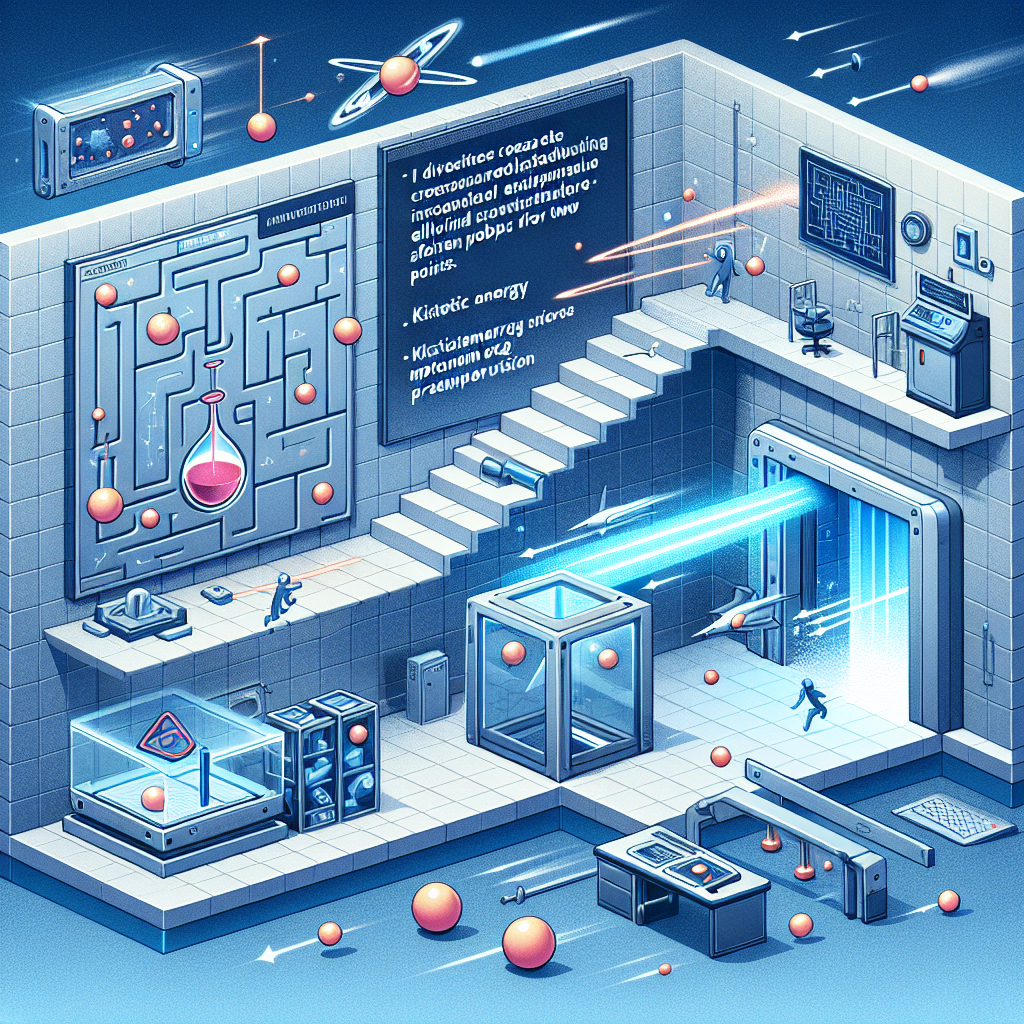
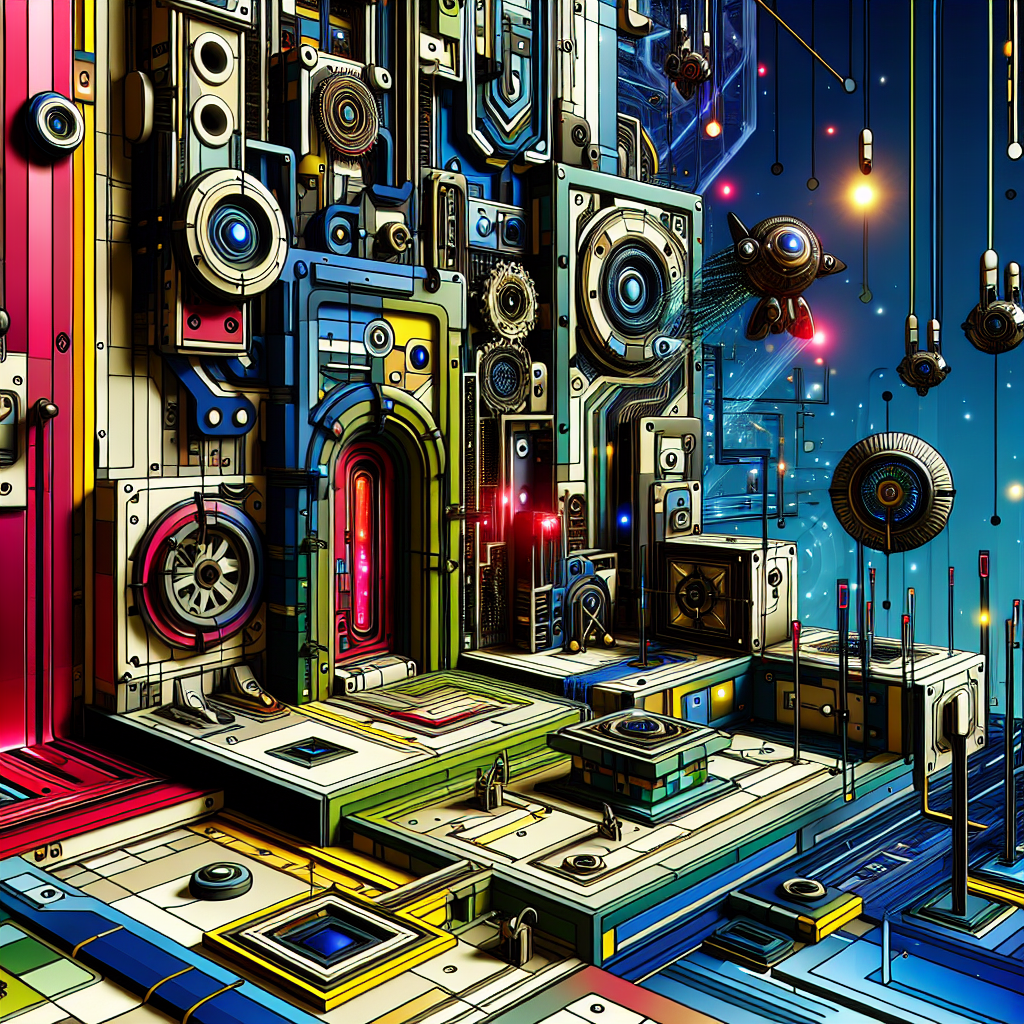
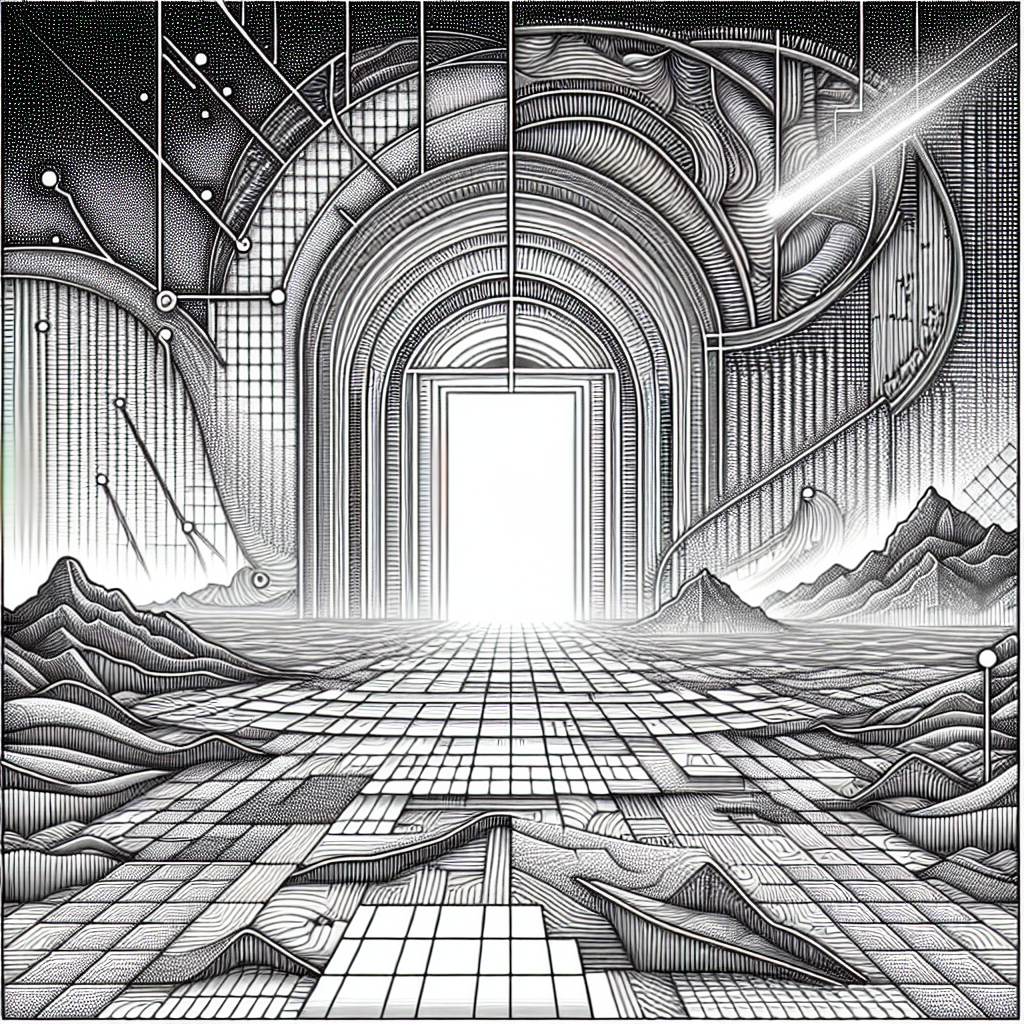
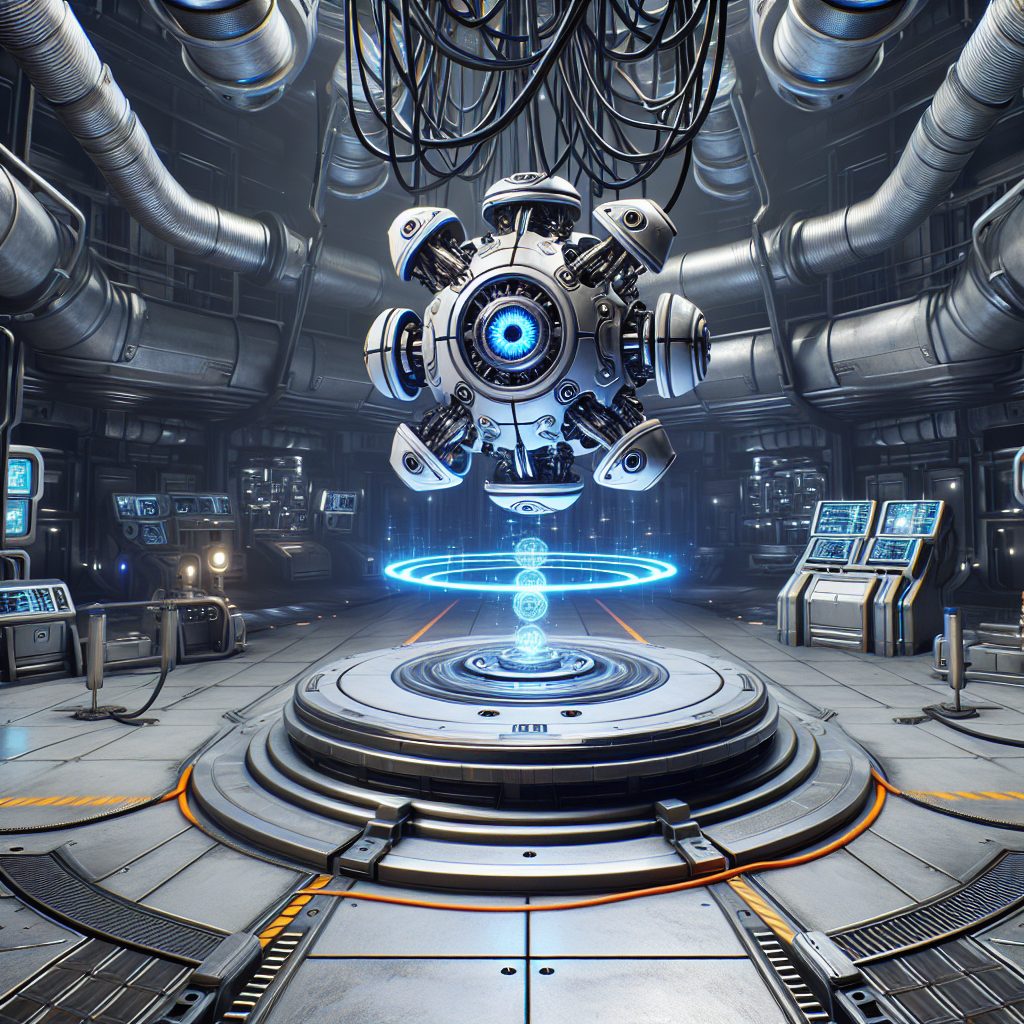
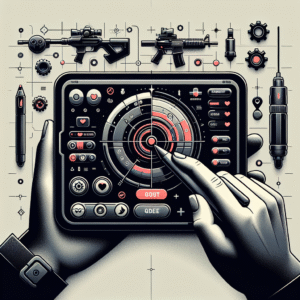
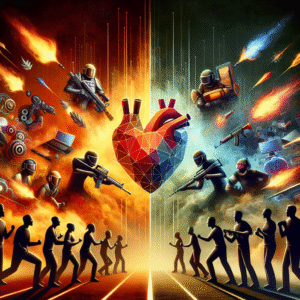


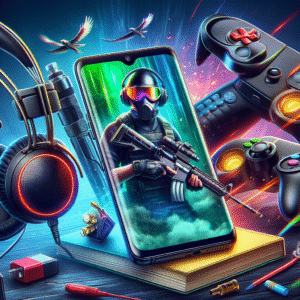

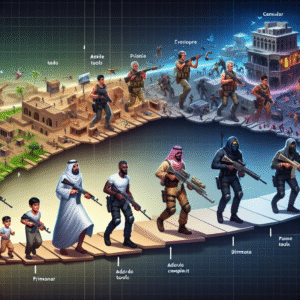
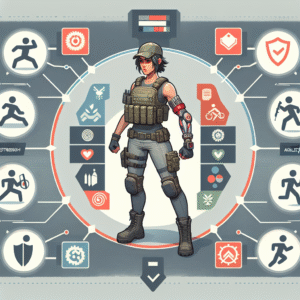
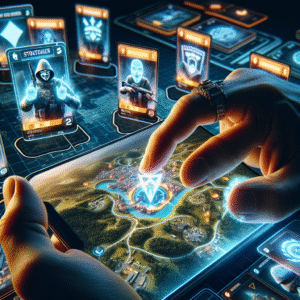
Post Comment